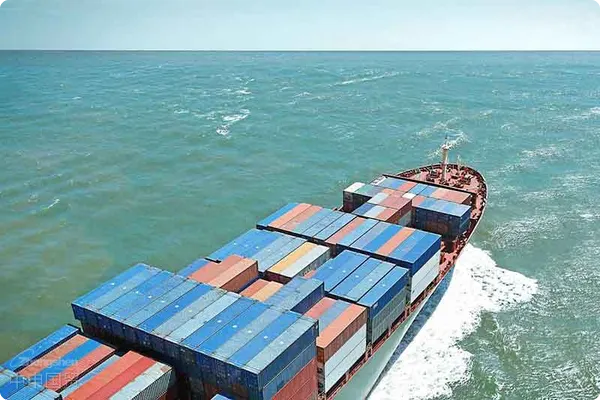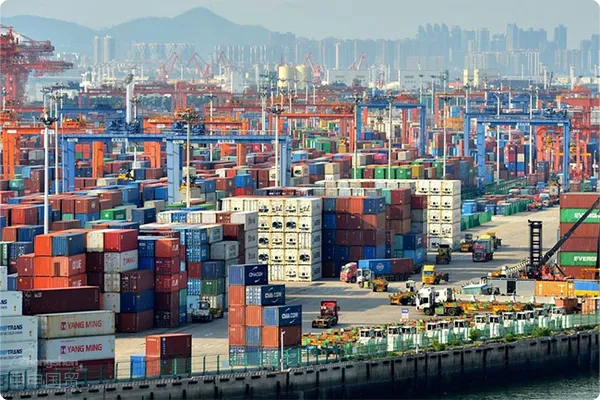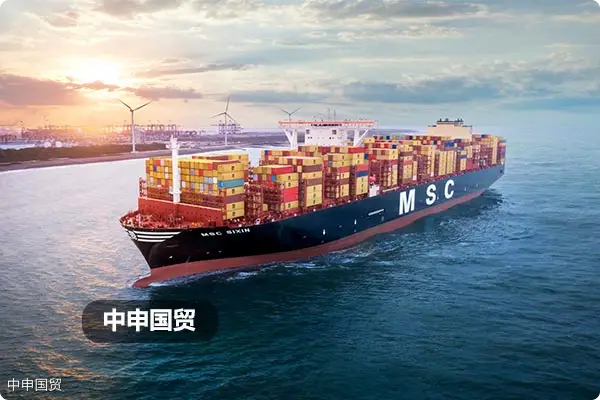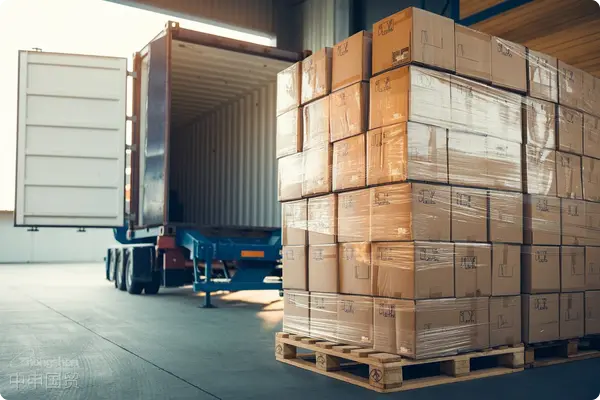- Shanghai Zhongshen International Trade Co., Ltd. - Two decades of trade agency expertise.
- Service Hotline: 139 1787 2118
O/F (Maritime TransportationFee) refers to the basic ocean freight. Each shipping company sets prices and sailing schedules based on different factors, and the O/F for different ports varies. There are also differences in the calculation of O/F around the world. For example, in Europe, it is ocean freight + BAF + CAF + THC; in South America, it is ocean freight + BAF + THC; and in many cases, the O/F for Japan and South Korea is zero freight. Therefore, according to the different O/F of different routes, a more reasonable ocean shipping route can be selected.

The difference between prepaid and collect in ocean freight is that prepaid means the freight is included in the quotation, and the seller pays and arranges the shipping; collect means the buyer pays the freight after the goods arrive at the port of destination. In FOB price, the freight is collect, while in CNF and CIF prices, the freight is prepaid. Sellers should pay attention to the possible increase in transportation costs during the peak season of ocean shipping and use factors such as freight volume and type of goods to reduce the freight.
Precautions for ocean freight:
Select the route and shipping company according to the actual situation to obtain the best price and service;
Determine information such as the net weight, gross weight, volume, and number of pieces of the goods to correctly calculate the freight;
Pay attention to relevant fees such as port charges, handling charges, and transit fees at the port and make a reasonable budget as needed;
Note the calculation methods and cost components of ocean freight in different countries and regions to avoid unnecessary losses;
Confirm the liability for transportation insurance and the assumption of insurance costs to avoid economic losses when the goods suffer losses at sea.
Related Recommendations
Contact Form
? 2025. All Rights Reserved. 滬ICP備2023007705號-2  PSB Record: Shanghai No.31011502009912
PSB Record: Shanghai No.31011502009912










